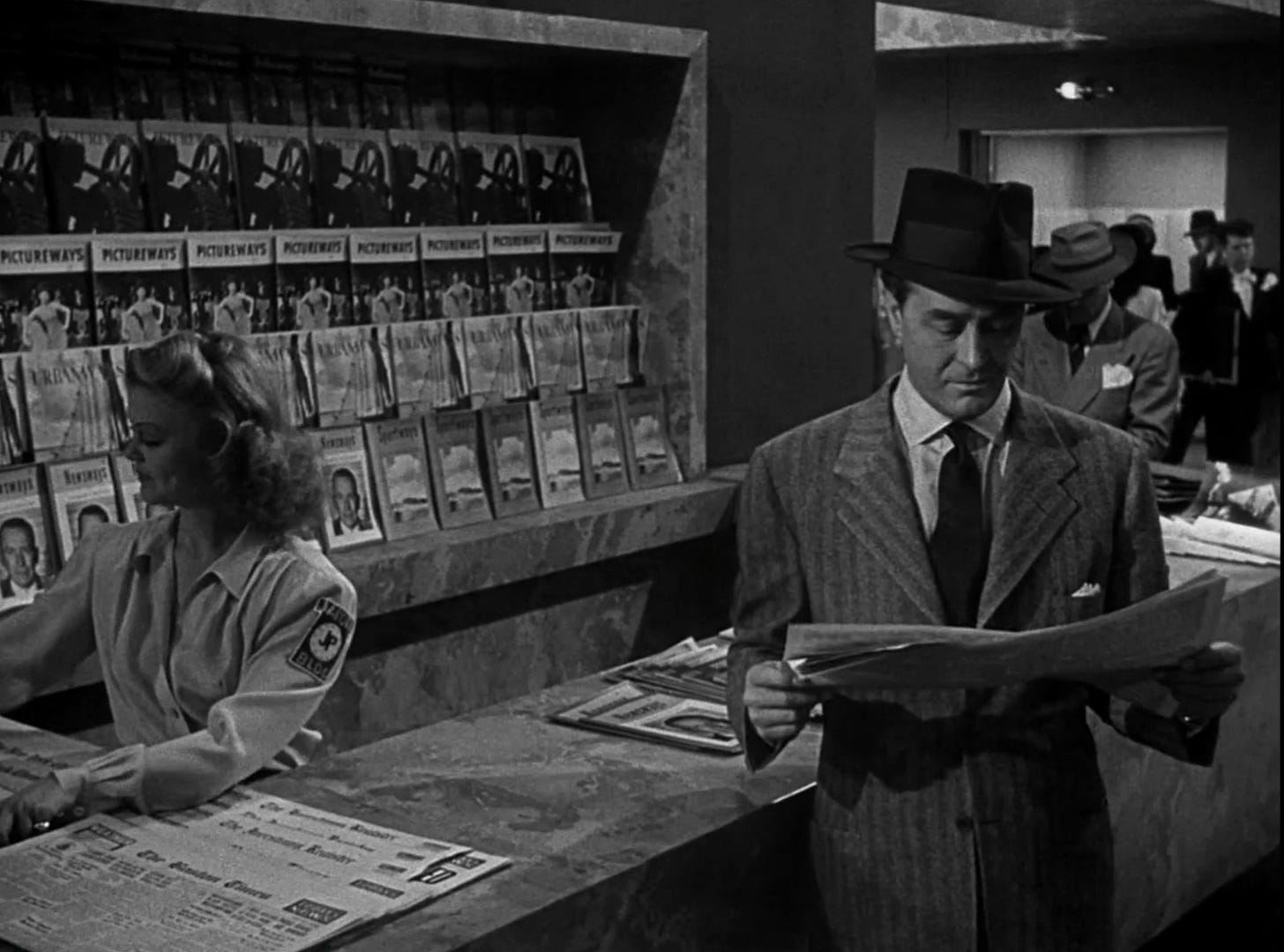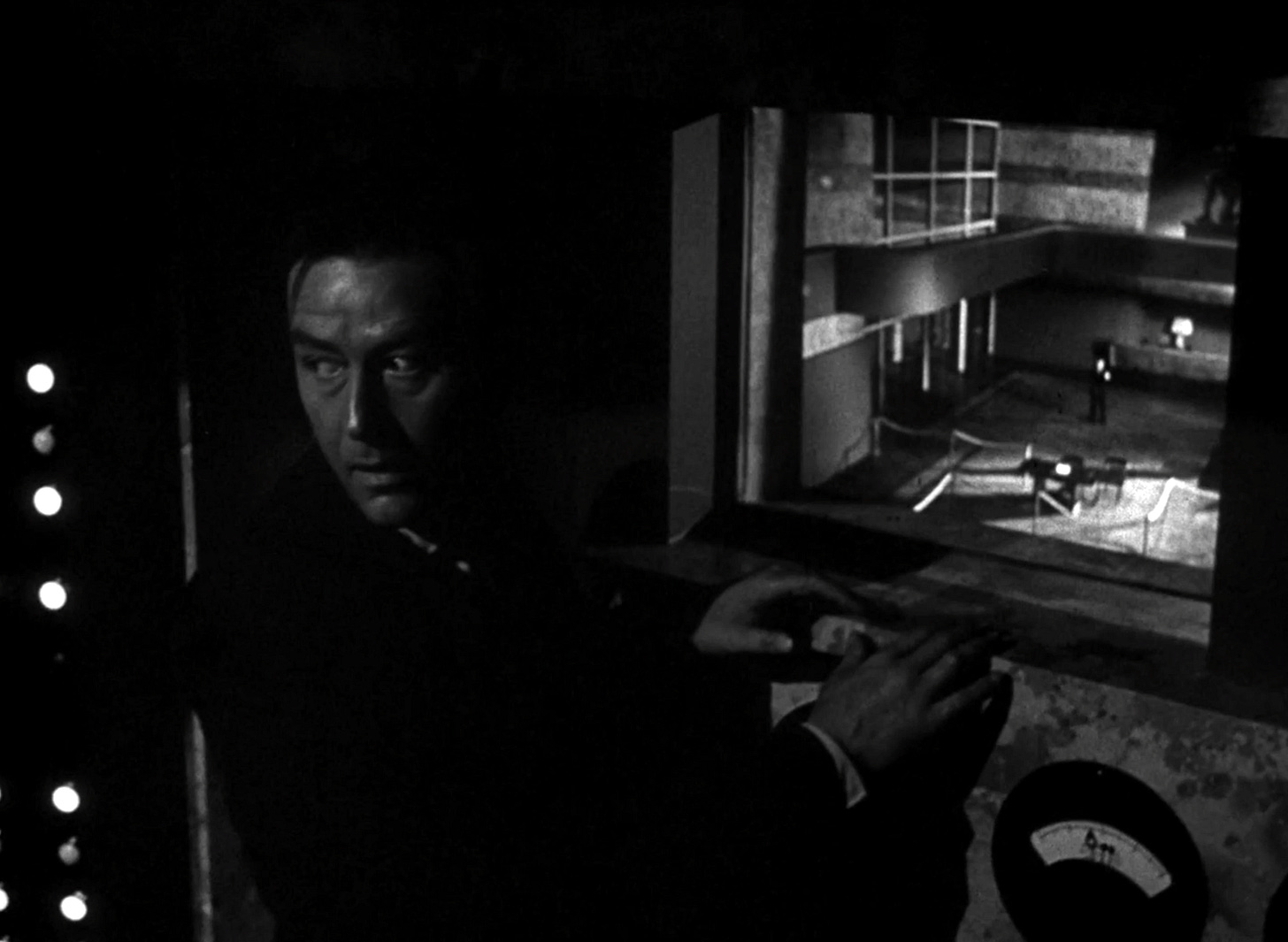Opening Oners: THE BIG CLOCK
putting together a jaw-dropping sequence
The opening of 1948’s The Big Clock is astounding; three long oners with a combination of models, choreography, tricky camerawork, post-film-processing, and plain old acting which all work together perfectly.
We’ve broken it into two clips to make it easier to examine.
The Big Clock - Transition Through Space
The same sort of trick Hereditary‘s opening shot pulls, starting with moving a camera towards/into a model, then blending seamlessly crossfading into the actual location.
This building loudly proclaims PUBLICATION! so we know what we’re entering.
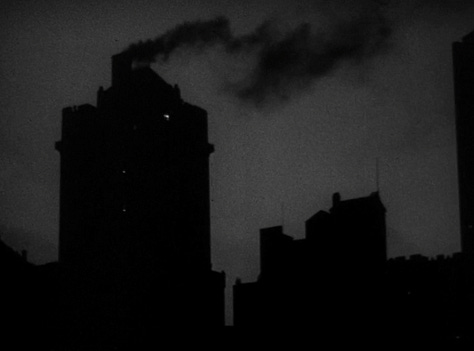

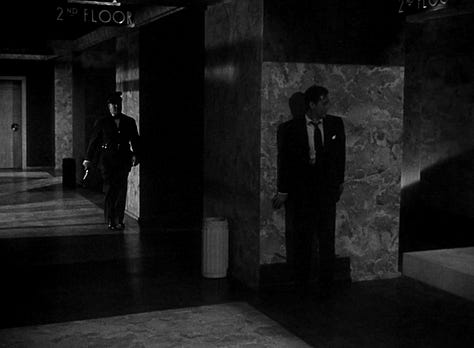
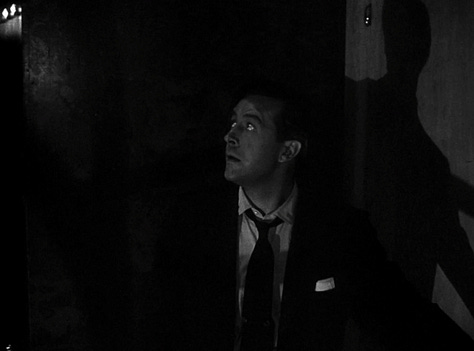

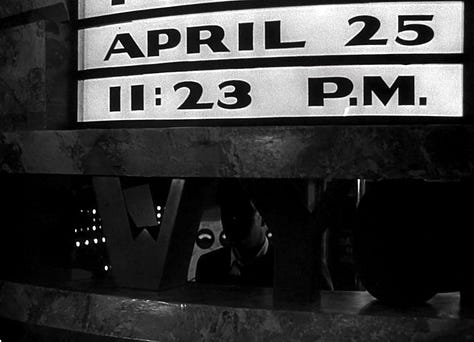
Look at the way his eyes POP! in the bottom left photo. Wonderful.
We don’t know yet quite what George (Ray Milland) is up to, but the time of night, and way he’s dodging the security guard and furtively creeping around stairs, certainly tells us something is terribly wrong . . .
The Big Clock - Transition Through Shot
The ‘calendar page flipping’ effect here is not meant to be invisible, but to blatantly draw our attention to the time / date / light change, before kicking into another oner.
This oner goes the opposite direction of the first — from closeup to a wide — and involves a lot more exposition and character chatter.
The different technique underscores its difference on purpose; where the first oner was following one man and giving us the crux of the story and following a singular man in the still darkness, this shot is all about setup, and involves dozens of moving pieces and chaos.
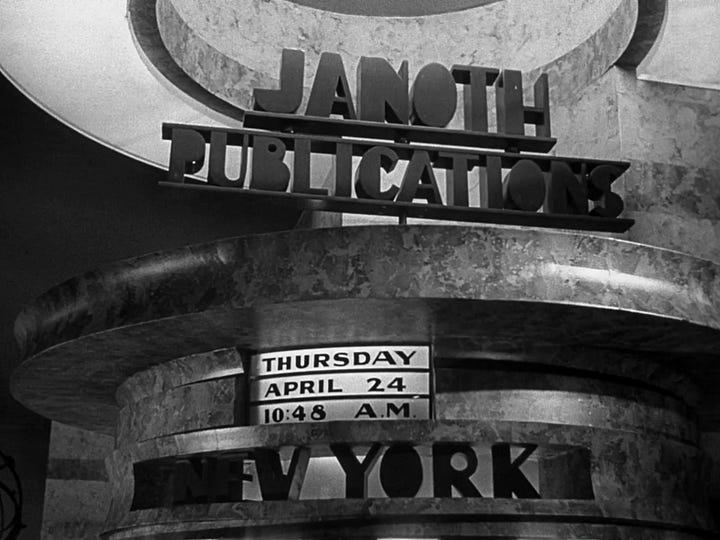
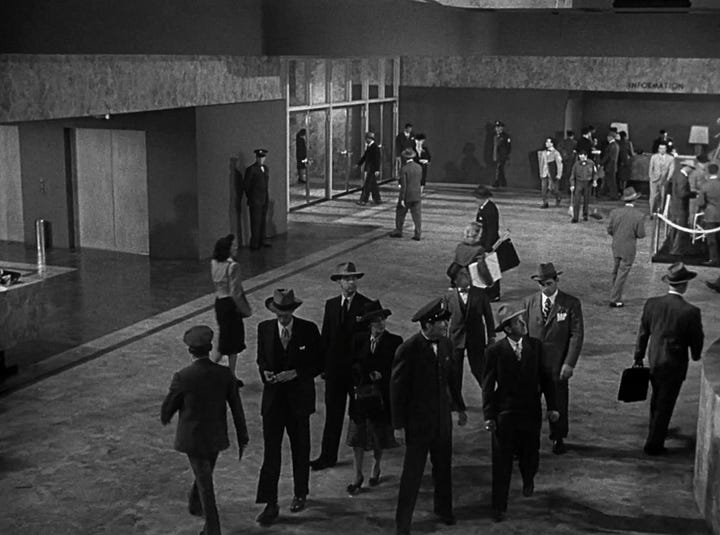
A few other pieces which really make the shot work in terms of feeling like a busy building, all drawing our eye along through the shot:
extras moving in the background as well as crossing the foreground
motion often leading camera
the elevator in the background of the 'still’ shot as George pauses at the newspaper stand (above)
the bright white of the elevator operator’s uniform standing out against the walls but also the crowd of darker suits (below)
using the elevator doors sliding to cut from outside to inside
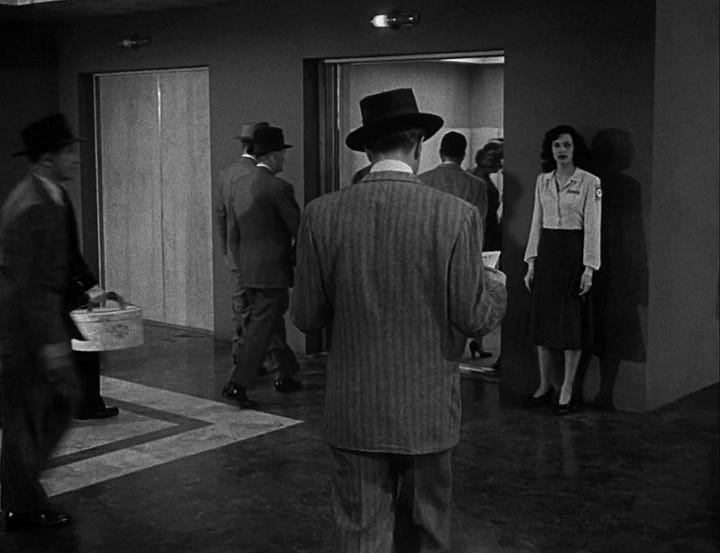

This elevator shot continues as a oner, with people maneuvering around each other in very telling ways, but genuinely, you could run a class studying each and every shot in The Big Clock (I’d happily teach it!) so we’ll leave it here.
Takeaways
The technical aspects of these shots are not easy, but with a lot of planning (and money, and good crew, and time, and money), you can pull them off.
Much of using multiple long shots is about ‘picking your moments.’
If you can stitch it, where does that stitch work best? If you can’t stitch it, can you make the transition work for you, the way the ‘calendar flip’ does? If getting into the elevator is too tricky, does an abrupt 180° work; if so, can you ‘work backwards’ to decide the doors moment is your end point, then make the blocking show and work around the elevator doors?
Don’t forget composition within still moments, like this frame split neatly between darkness and light, with George’s face standing out against sheer black.
All these considerations and a hundred more equal movie magic.

